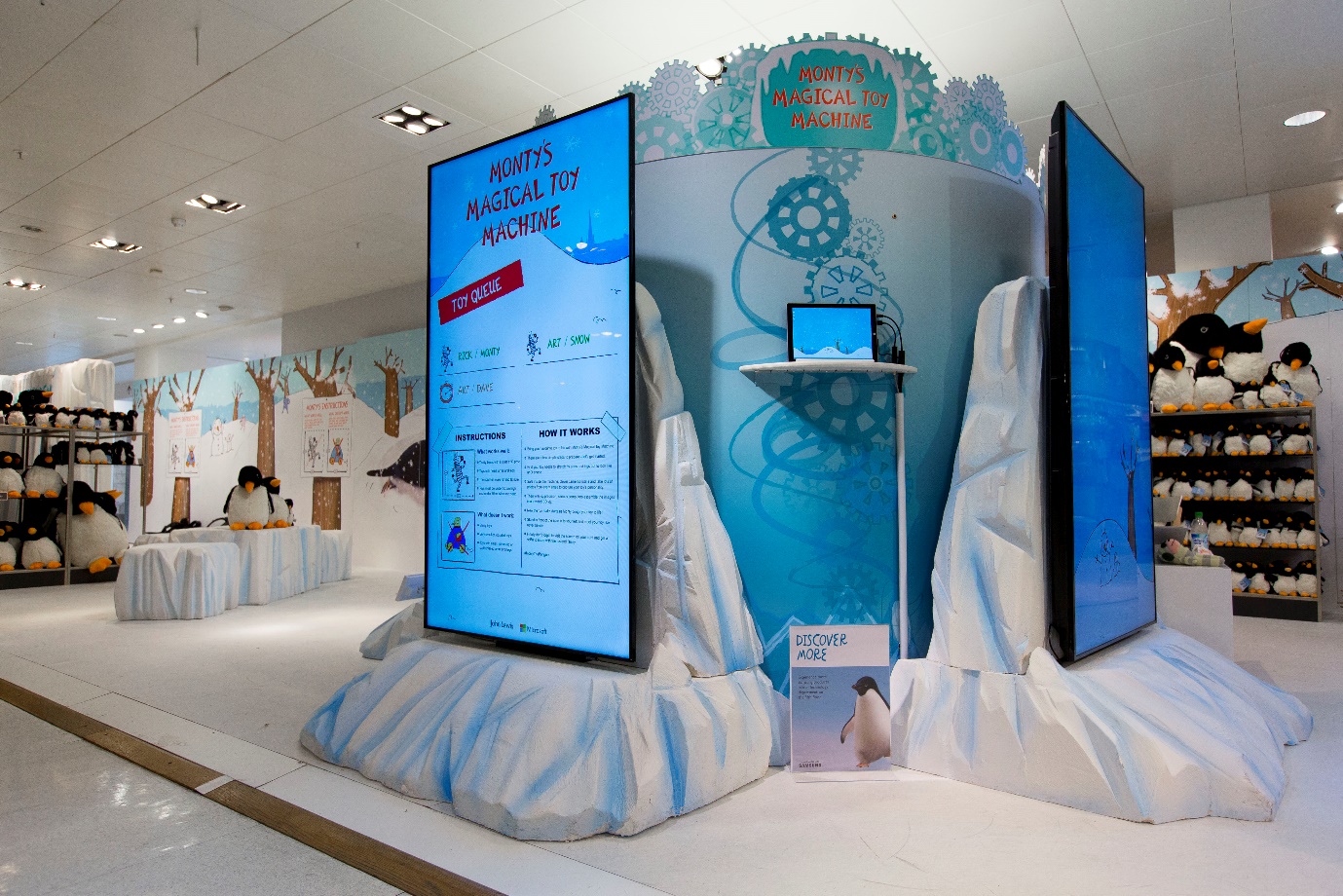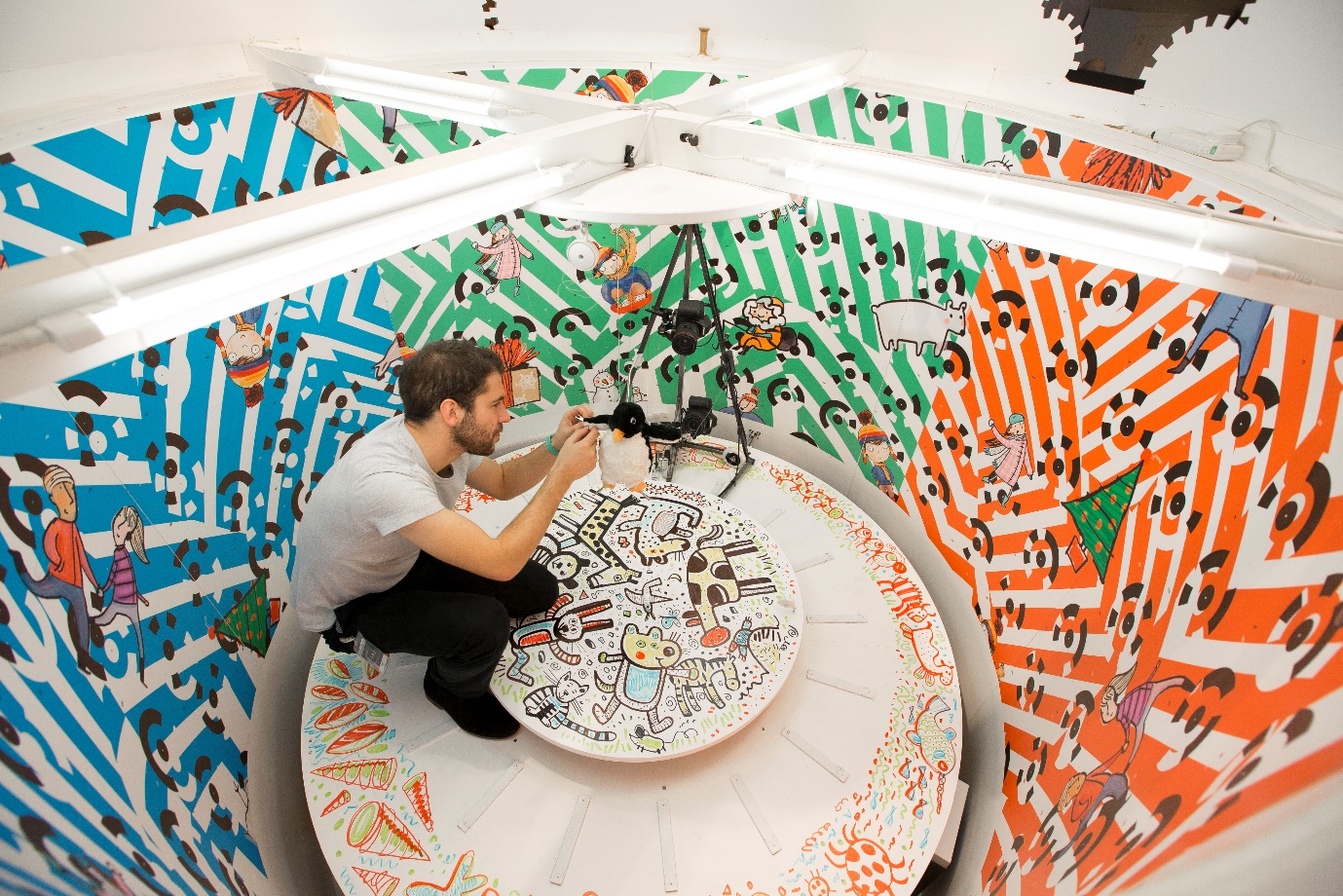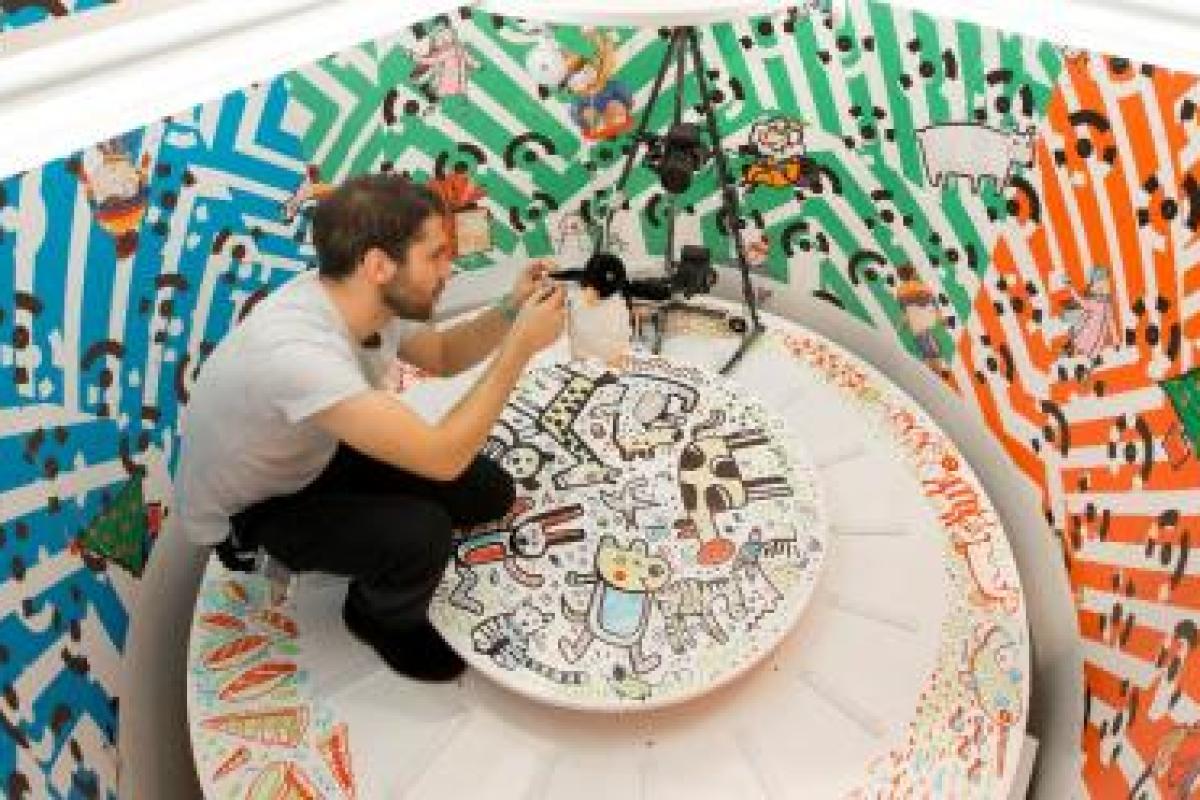The iconic John Lewis Christmas advertising campaigns are a sure-fire signal that the festive period is with us – but their success each year leave very big boots to be filled. Who could forget the Snowman’s epic journey two years ago, or the boy who couldn’t wait for Christmas to give his parents a gift?
We were given the honour of thinking up pioneering ideas to create something magical to embody this year’s screen story of the unique bond between a child and a toy. We knew what our goal was from the start: we wanted to give people goose bumps. We wanted to take the fantasy and make it real, so we needed to be pioneering. Approach these challenges required a tailor-made solution that would play to our strengths.
The core idea of the ad is toys coming to life - a staple of children’s fiction, from The Nutcracker to Toy Story - and we wanted to bring the magic of the screen to the British high street. We wanted to make it personal, and more importantly make it real. I’d heard about a woman who made toys from children’s drawings of their favourite monster and I thought, why not turn that idea on its head and use technology to make a kid’s favourite toy dance, just as they always imagined?

The process of creating the technology involved a period of experimentation and a variety of different stages – from scanning a real toy with Kinect technology, to mapping it to create a surface representation (mesh), then adding in texture and colour. We then brought in an expert in photogrammetry who created perfect 3D images for us to work with. The process was similar to how bullet time is created in the movies, perhaps most famously in The Matrix. We used a similar camera array to capture a 3D object in space, and then built a rig in the office to animate the image, effectively bringing to life a digital replica on a toy.
While fine tuning of the project, we managed to cut down the time it took between taking 3D scans of the toy to it ‘waking up’ on the screen from 12 minutes (too long for any eager child or parent to wait,) to a mere 130 seconds. We then read, choreographed and performed (yes, really) a series of dance routines for the toy using a combination of Kinect technology and motion capture libraries.
The real beauty of the installation is that children can bring their own Christmas toys to the John Lewis store. They entrust their toy to the scanner and within a matter of seconds, see an image of their toy fast asleep on the big screen. Kinect technology is triggered by the child pointing or waving at the screen, resulting in the toy’s awakening; they start to dance, as do the children in most cases.
Once both child and toy have danced their hearts out, they have an opportunity to take a selfie together to capture the moment for posterity. We hope this live interaction will bring a bit of Christmas magic to children - and bring out the inner child in adults, too.

This is the first time Microsoft Advertising has combined an interactive physical build with a digital advertising campaign. The 25-strong team completed the entire project in two months.
I will definitely be one of the thousands visitors anticipated at the John Lewis store over Christmas. It’s very rare to have the opportunity to see people’s instant emotional response to your work, so I can’t wait to see the machine in action and hear ‘its magic, my toy's really alive.’
This article was written by Arthur Tinsley, Creative Technologist, Microsoft UK.
Read more from Microsoft in our Clubhouse.
